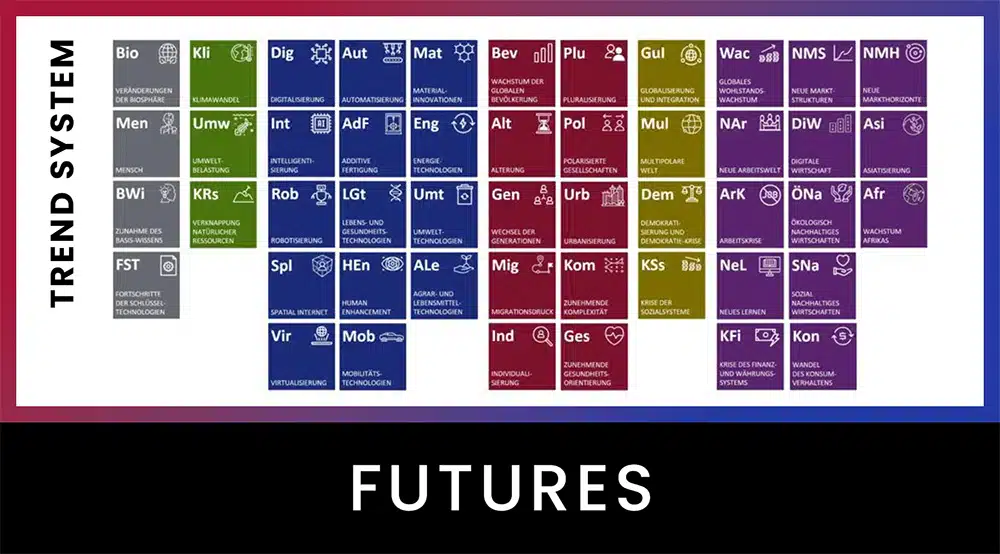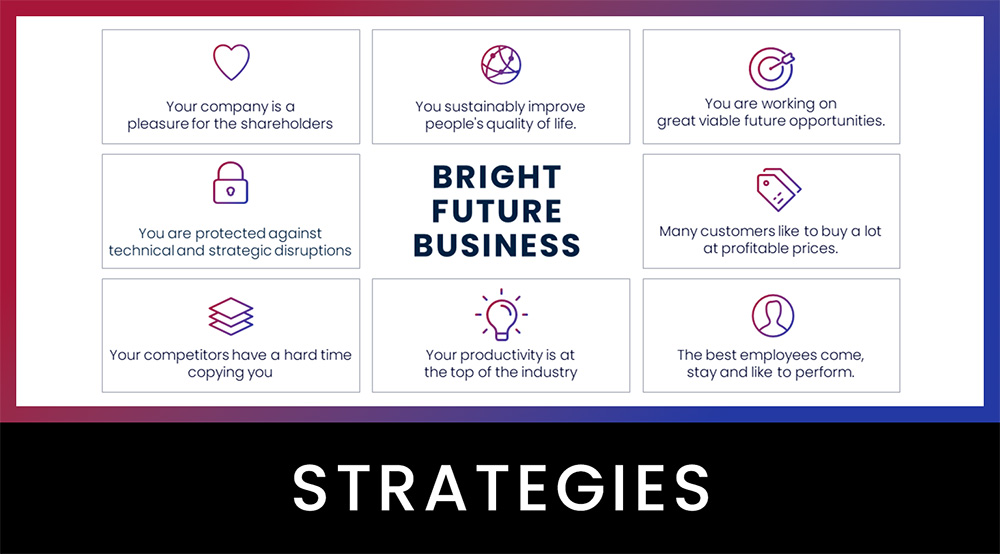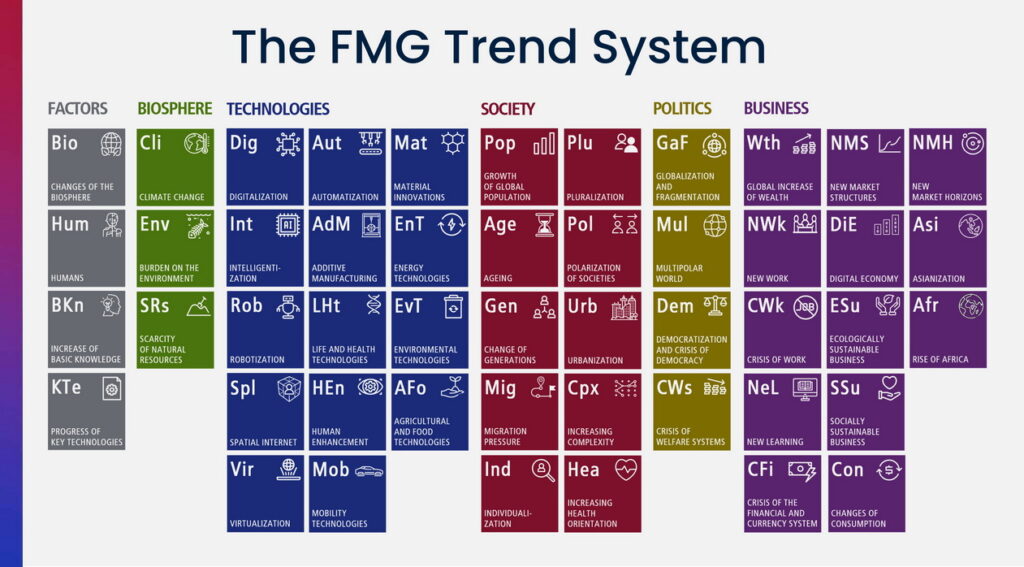Interview with Pero Mićić on Aktionär TV at the Frankfurt Stock Exchange. Below the video you will find a summary of the questions and answers.
Summary of questions and answers
- How does it fit together that AI is suddenly omnipresent, while other visions of the future are absent?
- Artificial intelligence has been researched since the 1950s, but it remained a niche topic for a long time until it achieved a decisive technological breakthrough in 2017 with the development of Transformer models.
- AI only became visible and practically usable for the masses with the broad public availability of powerful language models with ChatGPT in November 2022.
- Many earlier science fiction ideas such as flying hoverboards or individual flying objects failed mainly due to the poor cost-benefit ratio, but also due to difficult technical feasibility, regulatory hurdles or physical limitations.
- Which next technological leap in AI is underestimated?
- Following the introduction of multimodal models that process images, videos and texts, the next step is currently being taken towards so-called “reasoners”, i.e. AI systems that not only generate information, but can also analyze and process it logically.
- Software-based agents are now being created that can perform and coordinate complex tasks independently before physical agents in the form of robots become practical.
- In the long term, AI will be able to operate entire organizations and complex systems autonomously.
- Conscious AI remains theoretically conceivable, but its realization is a long way off.
- Which timelines apply to reasoners, agents, AGI and conscious AI?
- Reasoners are already ready for use and are increasingly being used.
- This includes virtual agents that can handle complex processes independently. They should be widely established by 2027.
- Physical agents in the form of humanoid robots will come onto the market in large numbers from 2026.
- The development of general artificial intelligence (AGI) is expected within the 2030s. As recently as 2019, AI experts expected AGI to take another 50 years.
- Conscious AI, if feasible at all, could follow shortly after AGI; it remains crucial that humans retain control over AI systems in the long term.
- How can AI be used practically in combination with robotics?
- AI-based autonomous robotaxis are also robots. They are already a reality in around 20 cities internationally and could soon be used in European cities too. Regulatory hurdles are likely to be minimal, as otherwise they will be prevented from competing with American and Chinese providers.
- Humanoid robots will initially start with simple to medium-heavy tasks in industry, then expand their areas of application to logistics, services and possibly care tasks until they are working in households.
- In the long term, the business model in the mobility sector is shifting away from the sale of individual vehicles towards mileage-based mobility platforms that use vehicles more efficiently and reduce vehicle sales, but drastically increase capacity utilization and productivity per vehicle.
- Why do humanoid robots need a human-like form and what tasks should they perform?
- Humanoid robots have the advantage that they are precisely adapted to the human form and can therefore use existing infrastructure such as buildings, tools or machines directly without having to be converted.
- Your dexterity and physical dexterity are continuously improved through modern AI training based on video demonstrations, motion capture and virtual and physical self-learning.
- Where are the opportunities for humans when robots do many things more efficiently?
- Humans continue to retain decisive advantages in interpersonal interaction, empathy, creativity and complex advice; areas that AI and robots cannot completely replace.
- The massive increase in productivity achieved by AI and robotics could give people more room for meaningful activities such as education, care, counseling and social interaction.
- However, this requires a fairer and more sustainable reorganization of income, assets and employment structures.
- Which manufacturers of humanoid robots are considered promising?
- Of the 120 to 200 companies currently developing humanoid robots, only a few are likely to survive in the long term.
- The company “Figure” is particularly promising, as is Tesla with “Optimus”, because these companies have considerable competitive advantages thanks to their previous developments, their infrastructure and their access to large training data sets.
- Tesla also has considerable production capacities, its own deployment options and experience in the field of AI, which gives them a decisive advantage.
- What are the challenges for income, work and distribution?
- The traditional employment model of permanent employment is under increasing pressure as companies hire fewer staff and increasingly automate. This process has already begun.
- A key problem is that the majority of the population does not have any productive assets of its own and therefore does not benefit directly from automation gains.
- Without countermeasures, this could lead to a collapse of the economic system.
- What solutions are there for this?
- One possible solution is the introduction of a negative income tax, which would allow low incomes to be topped up unbureaucratically without the need for extensive social administration.
- Broad-based, systematic wealth accumulation could also allow the population to participate directly in the profits from AI and robotics and ensure better distribution in the long term.
- Supplementary measures could include targeted support for start-ups and self-employment.
- Another, more visionary option is to pay 100,000 to 200,000 euros into a fund for each newborn, which would remain invested until the age of 60, but could be lent out for training and further education or business start-ups.
- Where will the funds for this come from?
- This measure could be financed primarily through an increase in the taxation of real corporate profits, with a deduction for salaries paid to people. This would be the most effective approach.
- A higher inheritance tax that directly benefits the non-wealthy will probably also be discussed.
- Can these measures be realistically implemented and in what timeframe?
- Implementation is realistic in principle, but faces political and cultural resistance, particularly due to risk aversion and vested interests.
- The introduction of a negative income tax could take place very quickly, provided there is a willingness to do so. It would basically make the entire financial welfare system superfluous.
- Promoting direct participation in AI and robotics companies could help to build up ownership of productive assets relatively quickly.
- Comprehensive wealth accumulation would have to take place over generations.
- Which sectors or companies are currently worthwhile investment targets?
- Companies that are active in the fields of AI infrastructure, chip production and platforms for AI models offer particularly high opportunities for success.
- Tesla is particularly interesting as it bundles several future fields such as AI, autonomous driving, energy storage and robotics, while traditional car manufacturers and their suppliers are likely to become less important as a result of the change.
- Are AI and robotics the dominant trends of the next five years or are there others?
- AI and robotics are considered dominant, as they offer the best risk/reward ratio and are already having a strong economic impact.
- Other promising developments lie in health technologies and special fields, such as precision fermentation, but are more speculative and more dependent on changes in consumer habits.
- How do geopolitical shocks such as new tariffs or sanctions affect innovation?
- Europe’s strong regulation and cultural risk aversion inhibit innovation and make it difficult to adapt quickly.
- However, geopolitical shocks such as trade conflicts or sanctions could be a wake-up call and lead to Europe, and Germany in particular, rediscovering and strengthening its independence and innovative capacity.
- What are the short-term expectations for blockchain, Bitcoin and other cryptocurrencies?
- Distributed ledger technologies such as blockchain remain relevant in the long term; Bitcoin and platform tokens such as Ethereum continue to be sensible investments.
- There is great potential in “Decentralized Autonomous Organizations” (DAOs), for example, which could build entire companies automatically on blockchain technology and enable trustless transactions in areas such as insurance, financial services and supply chains.


































